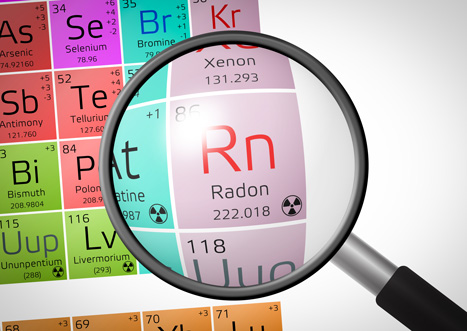Why You Should Test Your Home for Radon
August 31, 2018
Radon, sometimes known as the invisible killer, leads to lung cancer in over 21,000 people each year. One out of 15 homes in the United States has a significant level of radon that’s considered unsafe. Radon is a radioactive, natural gas created from the decay of uranium. You can find radon anywhere around igneous rocks and soil or groundwater. As a gas, radon seeps from the soil to the air. The most significant exposure to radon occurs inside your home where it distillates. In Minnesota, two in five homes have high levels of radon, and 80 percent of Minnesota counties reside in high radon zones.
Radon Enters Your Home Through
- Cracks in concrete.
- Spaces behind brick walls that rest on hollow-block foundations.
- Pores and cracks in building materials like brick, concrete, and rock.
- Corners between floors and walls.
- Exposed soil found in a sump pump or crawl space.
- Holes in brick walls.
- Loose fitting pipes.
Radon Remediation
If your home contains a significant amount of radon, you can take steps to remove and prevent it.
- Use ventilation fans and open windows to moderate radon, but only as a temporary fix.
- Seal your home and block any pathways for the radon to seep in.
- Pressurize the home using an HRV (Heat Recovery Ventilator).
- Install a passive or active mitigation system. Passive systems have a PVC pipe in the ground below your flooring. The pipe vents Radon and other gasses above your home. Gain access beneath an existing floor by drilling holes or connecting the venting system to drain tiles or sump pump basins. This method is now required by code ordinances in Minnesota for new homes. Active systems add a fan to the PVC pipe. The fan depressurizes the ground beneath the home, forcing Radon and other gases through the pipe. Active systems are the most reliable way to reduce Radon levels in a home.
Testing for Radon
Radon test kits come in two types, short-term and long-term. Short-term tests measure radon for 2-7 days as a cheap and quick option. However, weather and other disturbances can compromise the accuracy. Long-term tests determine average concentrations of radon and last for a minimum of 90 days. This test most accurately measures during the heating season. During the winter, the frozen ground and snow cover can force more Radon inside the home. Contact Hanson’s Plumbing and Heating if your home has not been tested for radon in the past 2-5 years.

 Subscribe
Subscribe Subscribe
Subscribe


Leave a Reply
You must be logged in to post a comment.